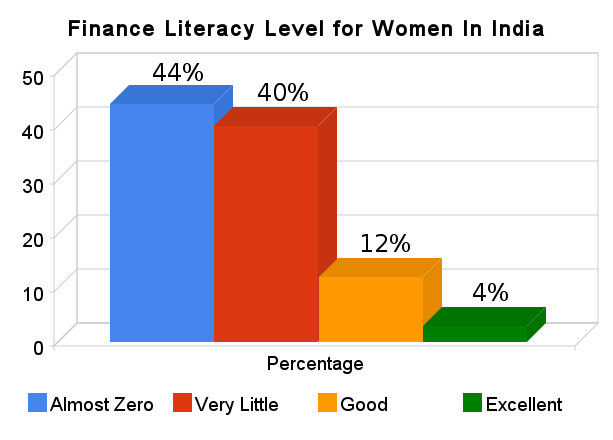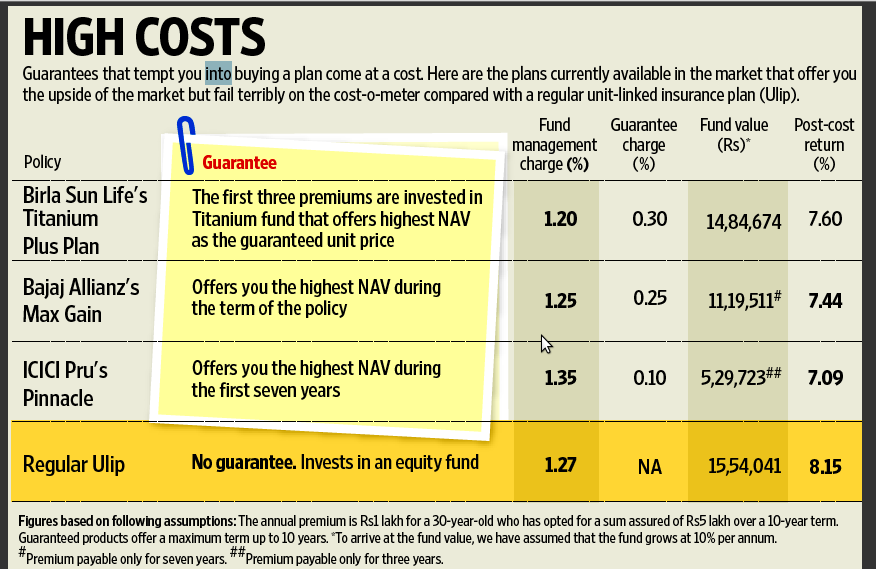The common view of the stock market is that, it’s a place for gamblers and risk takers. Only if you have the capital, and the nerve to take risks, should you invest money in the stock market. Otherwise one is better off staying away from the stock market and putting money in safe fixed deposits. The truth is far removed from myth, if one looks at the stock market with a different perspective, and avoids the hype and hysteria associated with it. Let’s look at different aspects of investing in the stock market.
Let start with the basics – What is the stock market?
The stock market is a place, where buyers and sellers meet to buy and sell companies or rather small pieces of it. That’s all there is to it! Nothing more, nothing less! The small pieces are called shares and they represent a really small ownership of the company. Owning such a share, entitles the investor to his or her share of the profits, the business makes. This generally, is paid out to the investor, as a dividend. The management does not give out all the profits to the investor, of course. They retain some portion of the profits to re-invest and grow the business. Learn How to start in Stock Market
So how should one invest?
If you agree with the above definition of the stock market, the idea of investing in the stock market boils down to investing your money in a select group of companies. If the purpose of an investor, is to make a decent return on the money invested by him, then he should choose companies or businesses which are sound, consistently profitable for a long time and run by shareholder friendly management.
Finding a good company

Let’s explore the above statement a bit further. The long-term return for a shareholder, (where long-term is 5 years or more,) equals the underlying returns generated by the company. The returns for a shareholder can fluctuate from year to year based on the market moods and sentiment, but over the long run, investor returns always track the returns of the company. If the company can earn 20% on its capital, then the investor will make around the same returns over the long-term. Thus, we now arrive at the first criteria for successful long term investing, i.e., To make above average returns, one should invest in above average companies.
The above criteria is not a revelation to most people. However very few people want to follow the obvious as they think, that there’s some hidden magic in the stock market.
So how does one find the above average companies?
Look around you. Do you see products which have been around for quite some time and are used by a lot of people? Find out the companies behind them… That would be a good place to start. (Cue, the groans — I never said investing in the stock market does not require work. 🙂
Analyzing the company
Once you have identified a few names, the next step would be to get the annual report of the company and browse through it. The mention of reading an annual report sounds really daunting or off-putting to most people. However if you bring yourself to do it, it will place you ahead of 90% of the people in the stock market! The idea of browsing through the annual report is not to become an expert at it, but to get a feel for the nature of the company. One can focus on some of the following sections to see if the company is worth putting your money in,
Management discussion and analysis – This is the section where the management describes the business and lays out the plan for the company.
Profit and loss and balance sheet – This is the section which tells you, if the company is making a profit or not, how much debt is held by the company, the amount of dividend etc. If you come across a term you don’t understand – search for it on the internet or talk to a friend or someone with a background in finance.
- Is the company profitable and has it made profits consistently in the last 10 years?
- Has the company paid dividends consistently in the last 10 years and has the dividend increased over the same period?
- Has the company kept the debt equity ratio constant or better yet reduced the debt?
- Has the company been able to introduce new successful products in the market?
An example
Let’s look at an example – Asian Paints. This is one of most well-known companies in India. This company has been the number one paint company for the last 20+ years. The company’s products like tractor distemper and emulsion, apcolite enamel, Apex exterior etc are well known and are widely available. The company has been in business for over 30 years and hence we can be confident that the company has done something right consistently to be the no.1 paint company in India.
The annual report shows good performance over a long period of time. The ‘ten year review’ in the annual reports shows an increasing profits and dividend over the years. The company has used these profits to reduce the debt, pay out an increasing amount of dividend and re-invested the balance in the business to grow it over the years.
The above performance has been reflected in the share price too. An investment of Rs 1000 in 1998-1999 would now be worth around 19000 which translates to an annual return of around 31%! And this doesn’t include annual dividends!
When to buy?
The immediate question which comes to mind is when should one buy the stock? There is an army of people out there, whose job is to advice investors the exact time to get in and out of stocks. I would personally say an investor would be far better off if he or she switched off the TV and ignored the advice of these so-called experts. If one is able to find a stock like the one above, the best approach is to invest in the company on a regular basis. If one can save Rs 2000 per month, then go ahead and invest 6000 Rs every quarter. A regular program of investing in good companies on a regular basis, while ignoring the noise and chatter of the stock market pundits, will give you very good returns and also good sleep at night.
Conclusion
So… what’s the catch ? The catch is — us! A lot of investors like to get all excited and thrilled, when investing in the market. They want to chase the hottest stock, so that they can boast about it to their friends. At the same time, they ignore the gems lying right in front on them.
Investing is simple, but not easy. If one can find a few good and high quality companies and invest in them on a regular basis while ignoring the noise and chatter in the media, then that individual is likely to do well and have a really good amount of money secured for his or her retirement.
This is a guest article from Rohit Chauhan. He writes about his thoughts and analysis of various companies and industries and how to apply value investing principles, His blog is http://valueinvestorindia.blogspot.com
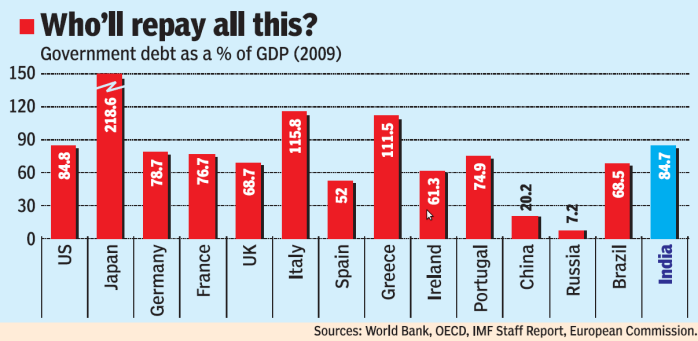 Source : DNA
Source : DNA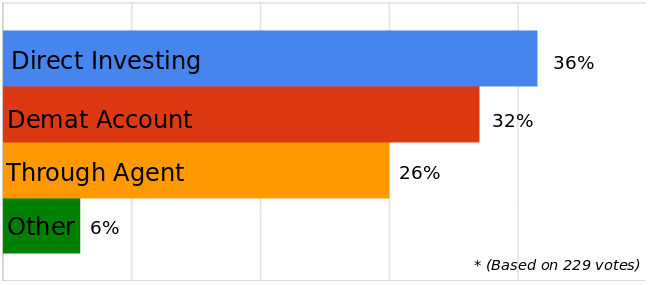
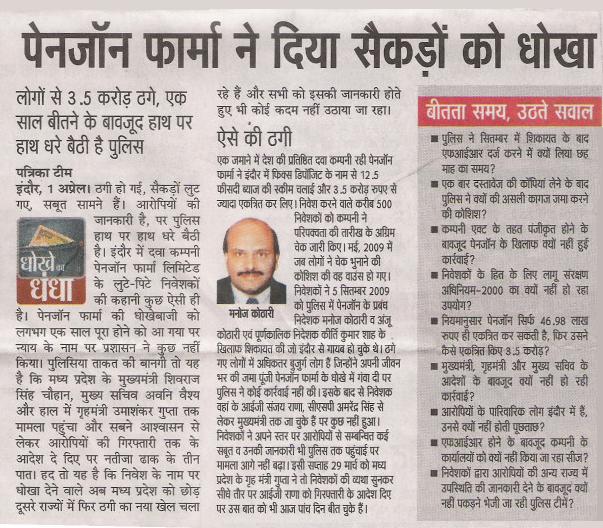
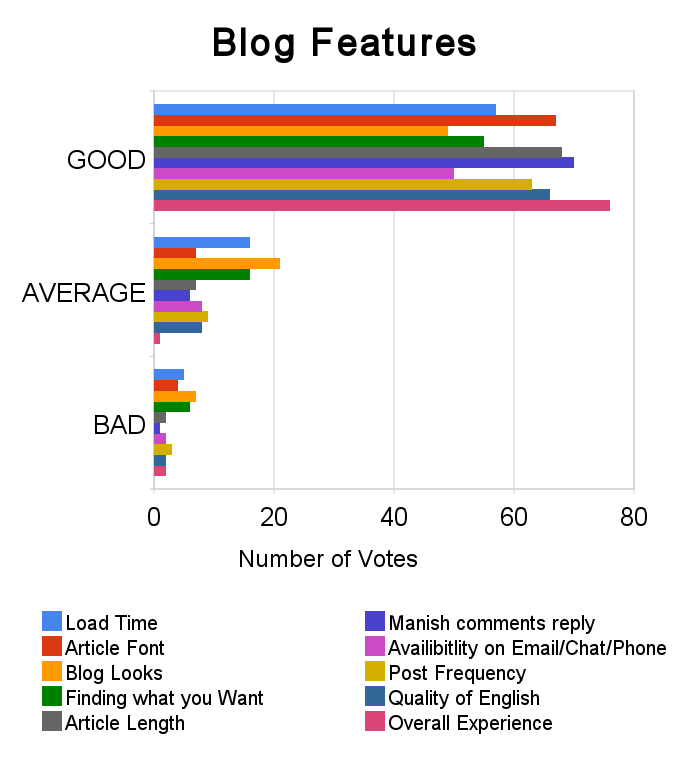
%20works.png)
.png)

